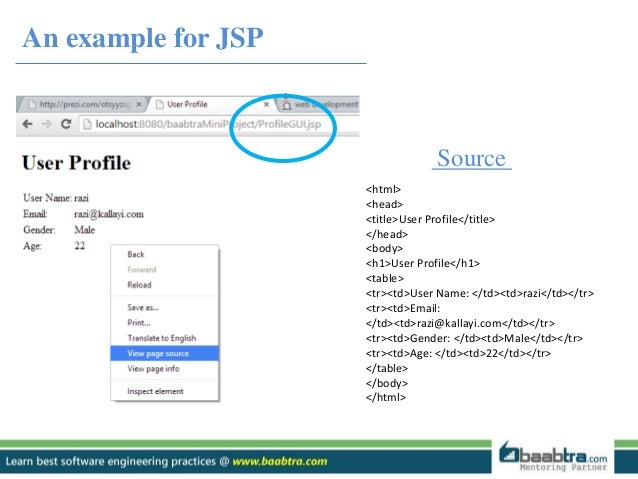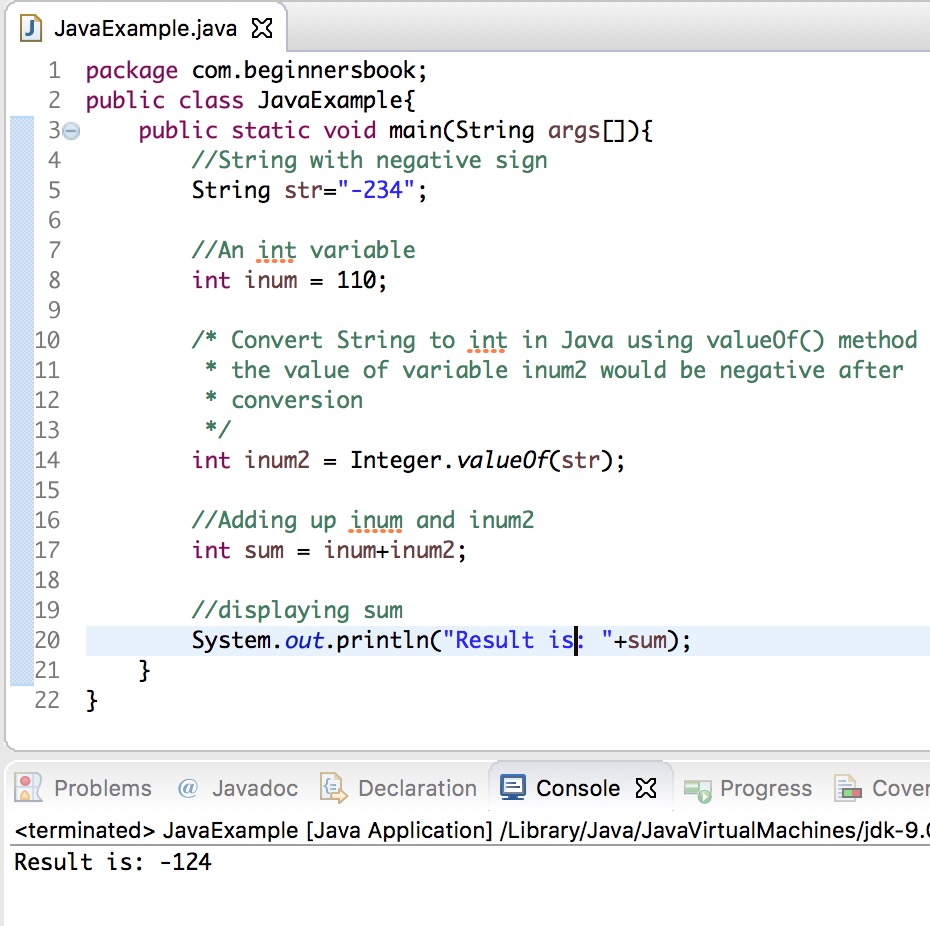

In this post, we saw how to convert integer values to strings and the various ways we can convert strings into various numeric types in Go, such as ints and floats.

The Go standard library is very extensive and the strconv package features some very powerful functions for converting between various types. As you can see in the results, with 32-bit precision only the first 6 digits are the same, before diverging. Use strconv.ParseInt to convert a decimal string (base 10 ) and check that it fits into a 64 -bit signed integer. That may be a bug unless you want to compute some dekamonth value -) Share. On a side note: The question shows a division ' m / time.Month (10) '. Related Query Go Converting an integer from a string Converting from an integer to its binary representation Golang converting from rune to string Overhead.
CONVERT STRING TO INTEGER GOLANG CODE
In our example, we are converting the string value containing the first 100 digits of Pi using both 32 and 64-bit precision. m 's type underlying type is int, so it can be converted to int: var i int int (m) // normally written as 'i : int (m)'. Modify the code to include the strconv. Here is a working example if you haven't figured it out based on the comments suggesting that you use json. Additional conversion from string to int is required. The bitSize argument specifies the integer type that the result must fit into. If base 0, the base is implied by the strings prefix: base 16 for '0x', base 8 for '0', and base 10 otherwise.

Println ( num1, num2 ) // 3.1415927410125732 3.141592653589793 import ( 'encoding/csv' 'strings' ) in : ' 2,15,23' r : csv.NewReader (strings.NewReader (in)) records, err : r.ReadAll () ReadAll () returns string, not int as asked. ParseInt interprets a string s in the given base (2 to 36) and returns the corresponding value i. A string s containing the digits to be converted is defined and. Package main import ( "fmt" "strconv" ) func main () fmt. This Go code converts a string of digits into an integer value.


 0 kommentar(er)
0 kommentar(er)
